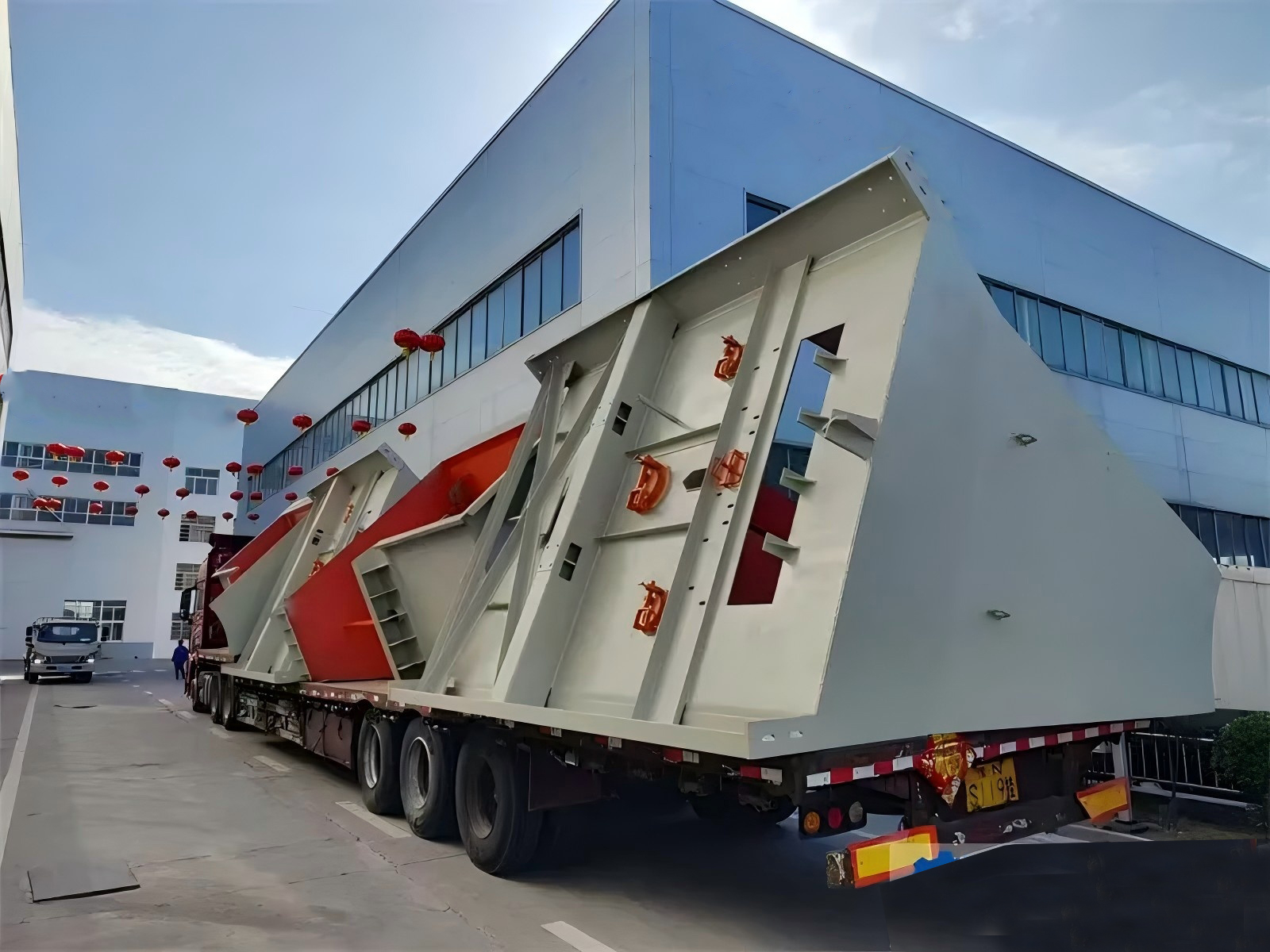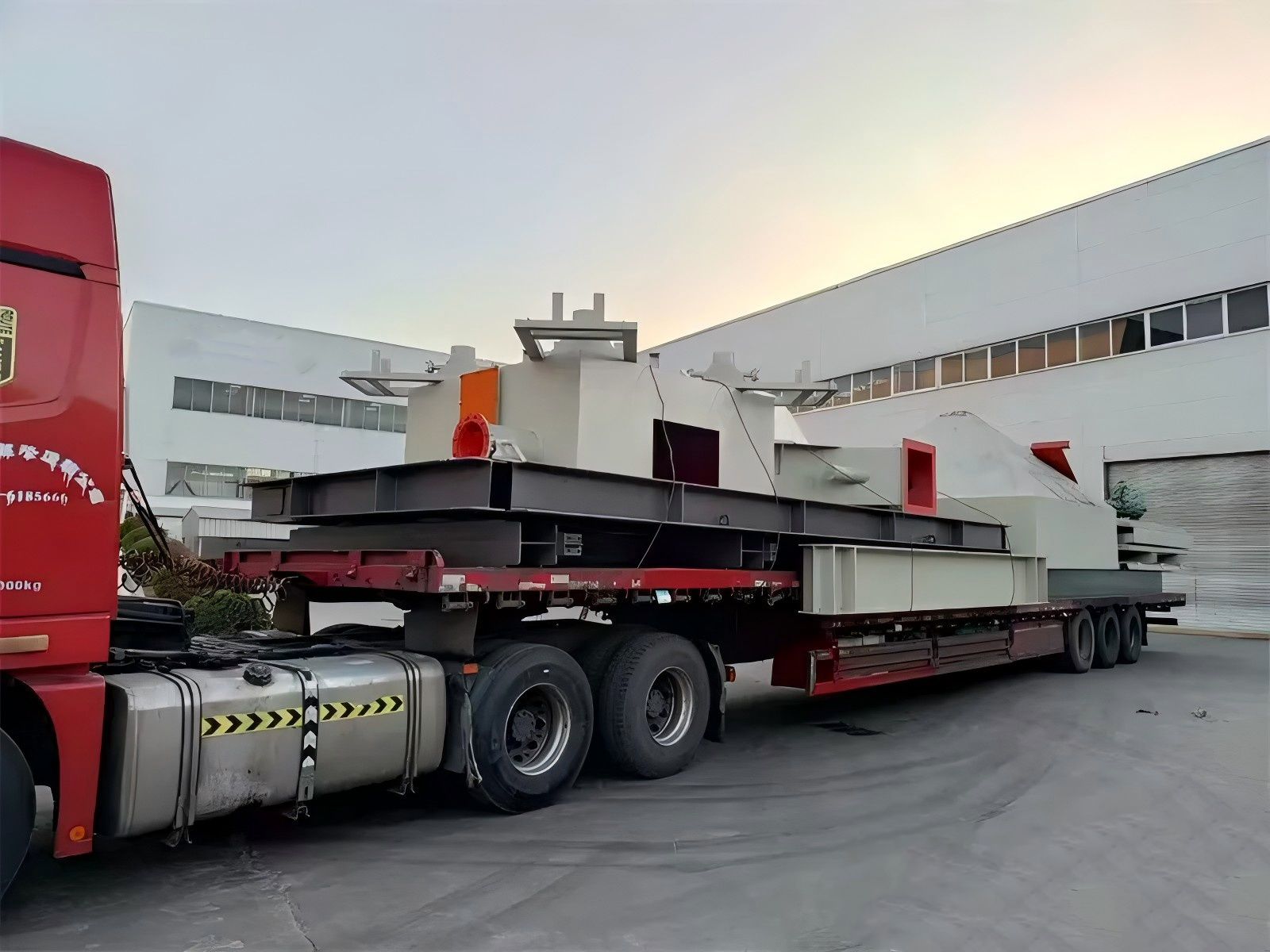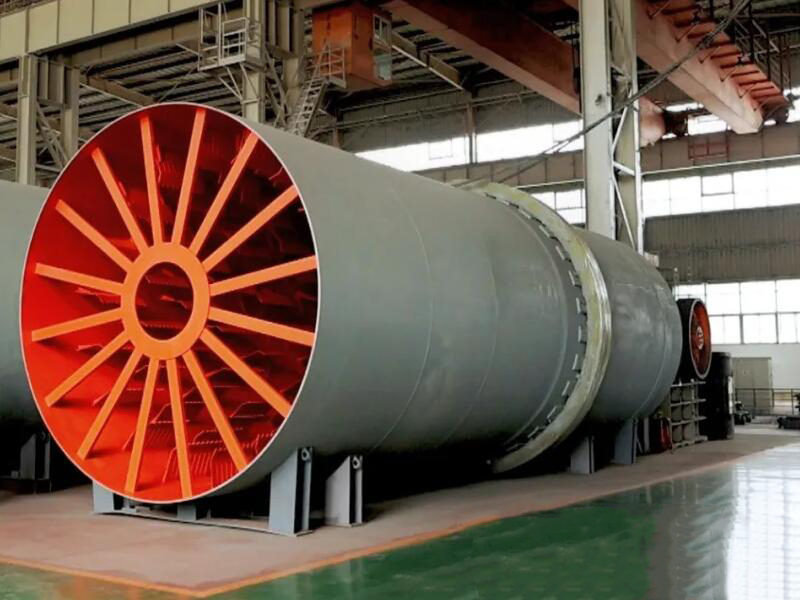Kaolin, as an important non-metallic mineral material, is widely used in multiple industrial fields such as papermaking, ceramics, plastics, rubber, and coatings. With the growth of market demand and technological progress, the traditional calcination process has become unable to meet the requirements of high-quality and large-scale production. The suspension preheating plus rotary kiln calcination process, with its advantages of high thermal efficiency, low energy consumption, and stable product quality, has become one of the mainstream technologies in modern kaolin deep processing.

Process Overview
The core principle of this process is to effectively preheat kaolin through a suspension preheating system, and then complete the high-temperature calcination process in a rotary kiln, thereby achieving the modification of the physical and chemical properties of kaolin, and improving its whiteness, chemical stability and functionality.
This process has the following remarkable features:
High thermal efficiency: Utilizing the residual heat in the flue gas to preheat the raw materials, thereby enhancing energy utilization.
Low energy consumption: The overall energy consumption is reduced by 20% to 30% compared to traditional processes;
Continuous production: Suitable for large-scale industrial operation;
Product performance is stable: The control of calcination temperature and time is precise, and the product quality is highly consistent.
Good environmental performance: Facilitates exhaust gas treatment and reduces pollutant emissions.
Detailed Explanation of the Process Flow
1.Raw material pre-treatment
In order to ensure the smooth progress of the subsequent processes, the raw ore needs to be crushed and ground first:
Crushing: Crush the large blocks of kaolin raw material to a particle size of ≤ 5mm;
Grinding and screening: Use equipment such as Raymond mills to grind the materials to a size of 200 mesh or larger, and remove impurities;
Ingredient adjustment: Add auxiliary agents (such as auxiliary burning agents) according to product requirements to optimize the calcination process.
2. Suspended Preheating System
The suspended preheater is usually composed of multiple stages of cyclone tubes, forming an effective heat exchange system. At this stage: the fine kaolin powder flows in the opposite direction to the high-temperature flue gas from the rotary kiln, and undergoes rapid heat exchange in a suspended state within the pipeline.
The temperature of the flue gas decreased from approximately 1000℃ to 300-400℃.
When the kaolin temperature rises to 500 - 700℃, the initial dehydration and partial decomposition reactions (such as hydroxyl removal) are completed.

3. Rotary kiln calcination
Calcination is the core step of the entire process, and it is mainly carried out in a rotating cylinder that is inclinedly installed:
The calcination temperature is controlled within the range of 900 - 1250℃, causing the kaolinite to undergo a crystal transformation (such as converting into mullite and quartz).
The calcination time usually ranges from 30 minutes to several hours, depending on the length of the kiln, its rotational speed and the temperature regime.
The fuel can be coal powder, natural gas, etc. Clean energy can be selected according to environmental protection requirements.
Through multi-point temperature measurement and automatic combustion control systems, the temperature field is ensured to be uniform and stable.
4. Cooling and Post-Treatment
The calcined kaolin needs to undergo cooling and further processing:
Rapid cooling: Cool down quickly through vertical coolers or rapid cooling devices to prevent excessive crystal growth;
Grinding and modification: Perform ultrafine grinding (e.g., D90 = 2-5 μm) or surface modification (such as treatment with coupling agents) based on the application requirements;
Packaging and warehousing: The finished products are sorted and qualified before being packaged and ready for shipment.
Analysis of Process Advantages
| Advantageous dimensions | Specific manifestations |
| High thermal efficiency | Utilizing the residual heat from flue gas to preheat the raw materials, the thermal utilization rate can reach over 70%. |
| High production efficiency | Achieving continuous production, the annual output of a single production line can reach tens of thousands to hundreds of thousands of tons. |
| Stable product quality | Temperature control ensures good consistency in product whiteness, particle size distribution, chemical composition, etc. |
| Good environmental performance | The reduction of tail gas temperature facilitates dust removal and desulfurization, denitrification treatment, and complies with environmental protection standards. |
| Strong adaptability | Parameters such as calcination temperature and atmosphere can be flexibly adjusted according to the characteristics of different raw materials. |
Key technical points
Suspension preheater design: Optimized structural design to avoid short circuits and material accumulation, and to enhance the efficiency of gas-solid contact;
Rotary kiln temperature control: Utilize multi-point temperature measurement and intelligent combustion control system to ensure uniform temperature.
Raw material particle size control: Strictly control the grinding fineness and particle size distribution, which affects the preheating and calcination efficiency;
Atmosphere adjustment: Adjust the oxidizing, reducing or neutral atmosphere inside the kiln according to product requirements to inhibit the coloration of iron and titanium.
Automation control: Introduce PLC + DCS system to achieve intelligent monitoring and optimization throughout the entire process.
Application Areas and Product Features
Application fields
Paper industry: As a filler and coating material, it enhances the whiteness and printing performance of paper.
Ceramic industry: Used in ceramic raw materials and glazes to improve sintering performance;
Plastics and rubbers: Enhance the mechanical properties, heat resistance and dimensional stability of the products;
Coating industry: As a pigment, it enhances the covering power and weather resistance of the coating.
Product Features
High whiteness: Can reach 85% - 95% (in accordance with ISO standards);
Good dispersibility: Easy to disperse in the medium;
High chemical stability: resistant to acids and alkalis, and high temperature resistant;
Unique crystal structure: The mullite phase endows excellent thermal and mechanical properties.
Trend of Process Development
Intelligence and Automation: Promote full-process digital management, enhance production efficiency and product quality;
Energy conservation and low-carbon: Develop technologies for generating electricity from waste heat in flue gas, and explore the use of clean energy sources such as hydrogen as alternatives;
Product refinement: Develop high-purity and high-activity calcined kaolin products for the high-end market;
Environmental protection upgrade: Utilizing low-nitrogen combustion technology and effective dust removal and desulfurization devices to meet stricter environmental standards.
Typical Process Case
A large domestic kaolin enterprise has adopted the "4-stage suspension preheater + φ4.5×72m rotary kiln" process, with an annual output of calcined kaolin reaching 300,000 tons. The product has a whiteness of ≥ 92%, and the energy consumption is 25% lower than that of the traditional process. It is widely used in high-end paper coating and plastic fillers, with significant economic benefits and good demonstration and promotion value.

The suspension preheating and rotary kiln calcination process not only enables large-scale and efficient production of kaolin, but also significantly enhances the added value and market competitiveness of the products. With the continuous advancement of intelligent manufacturing and green manufacturing concepts, this process will play an even more important role in the future high-quality processing of kaolin, promoting the industry towards higher quality and sustainable development.




















